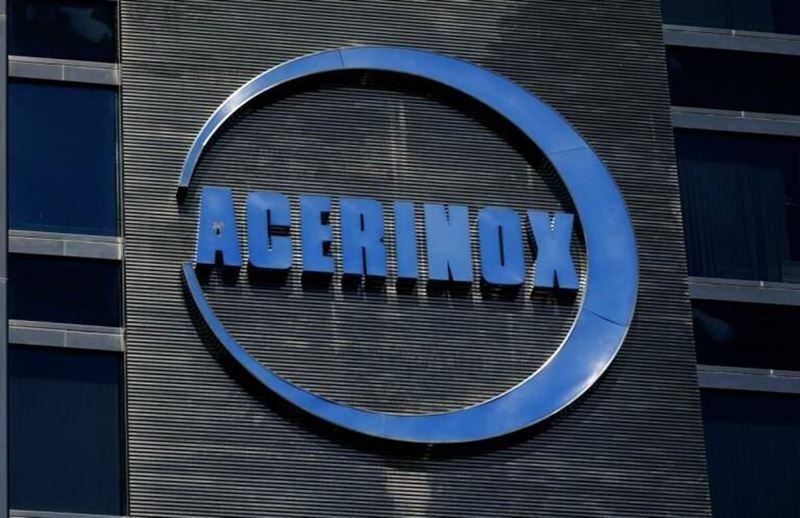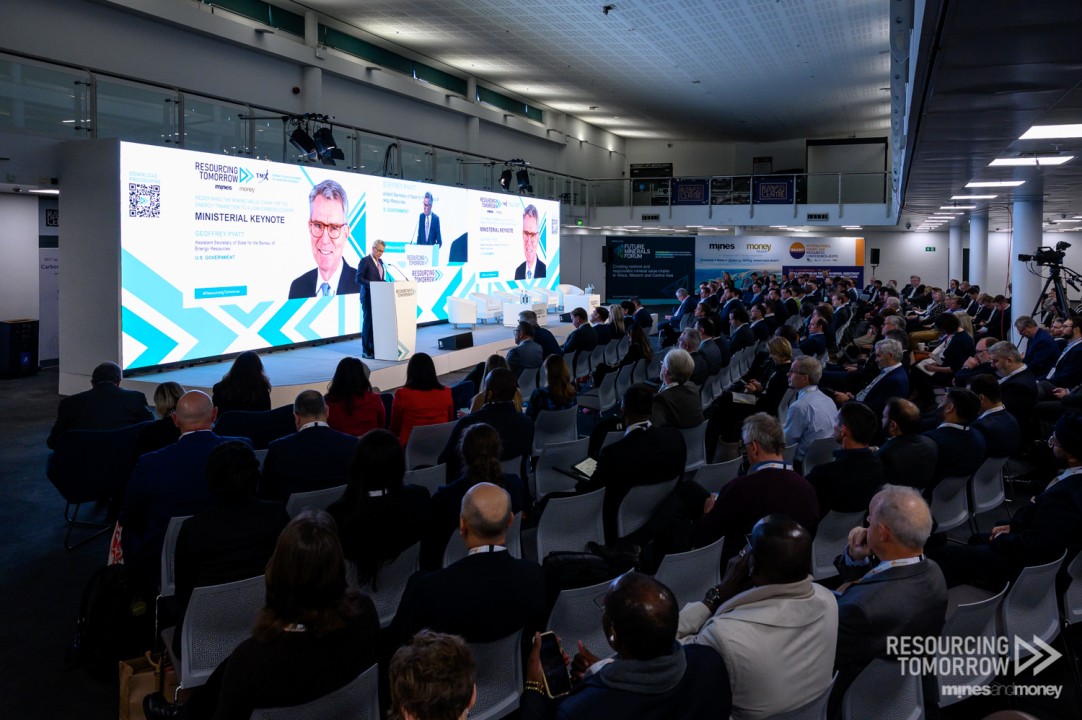
Europe’s stainless steel sector is poised to maintain its reliance on nickel pig iron (NPI) imports until the full implementation of the European Union’s carbon border adjustment mechanism (CBAM) in 2026. John Eastwood, head of sales for stainless and specialty steel raw materials at Anglo American, highlighted this dependency during the Nickel Institute Seminar at LME Week, attributing it to a shortage of scrap and rising material costs that push producers toward the less expensive, yet more carbon-intensive, NPI sourced from Indonesia.
Market Dynamics Driving NPI Imports
The escalating costs of raw materials, coupled with a diminishing supply of stainless steel scrap in Europe, are the primary drivers behind this trend. Despite a decrease in scrap prices, Eastwood does not expect a shift in sourcing strategies until CBAM’s provisions are fully realized. Currently, CBAM mandates that European importers account for CO2 emissions linked to their imports by purchasing emissions certificates, significantly impacting sourcing decisions within the industry.
Struggles Amid Declining Demand
The European stainless steel industry faces a challenging landscape, with demand projected to decline for the third consecutive year in 2025. Many flat producers are functioning at reduced capacity. Acerinox, a Spanish company recovering from a prolonged strike, has opted to utilize NPI as feedstock despite having excess production capacity. Eastwood remarked that the core issue isn’t profitability but rather the surplus capacity within the market. Even the temporary absence of Acerinox has not significantly affected ferro-nickel sales.
Future Outlook for Nickel Markets
Looking ahead, Eastwood anticipates a recovery in demand by mid-2025, spurred by improved macroeconomic conditions and relaxed monetary policies. However, he raised concerns about CBAM, critiquing its exclusion of scope 3 emissions and suggesting it may serve as a protectionist measure. He noted inconsistencies in CBAM’s application, such as the inclusion of ferro-nickel while omitting refined nickel.
Price Stability and Import Challenges
Anglo American predicts that the class 1 nickel market will experience surpluses in the coming years, while the class 2 market, encompassing NPI and ferro-nickel, will remain balanced or tight. Eastwood forecasts stable nickel prices on the London Metal Exchange through 2025, downplaying the likelihood of significant price spikes. Moreover, high freight costs are expected to hinder imports of finished stainless steel into Europe next year, adding further pressure on the industry.











Leave a Reply
You must be logged in to post a comment.